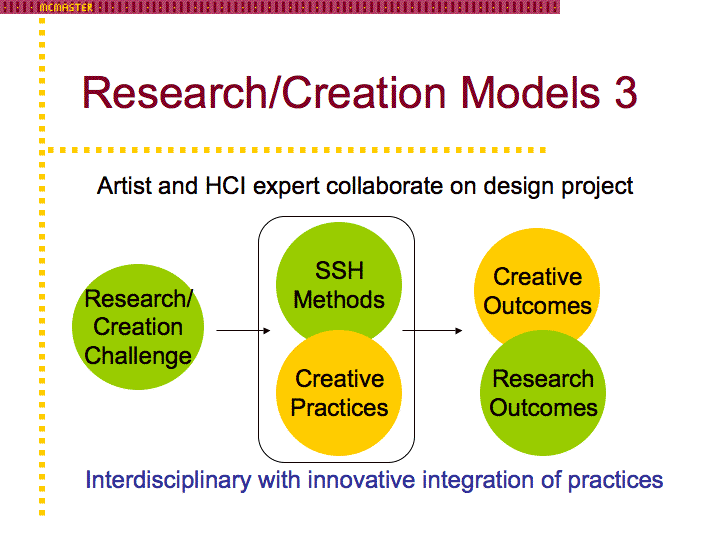WuffWuffWare (yes, I’m serious) has a small text annotation tool for the Mac called, AnalyzeText. It sounds like you can use it like a highlighting and annotating tool, but it also has a concordancer built in. But does it roll over when told to the way my dog does? Tha’s about all the text analysis my dog Leo does.
This is thanks to Alex.
